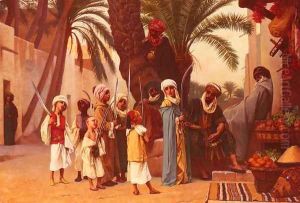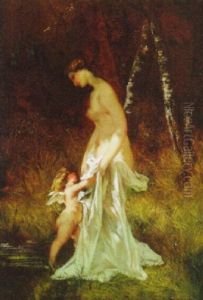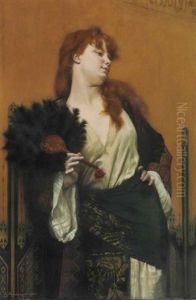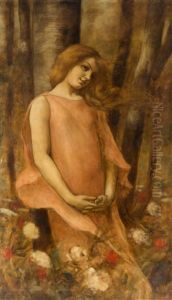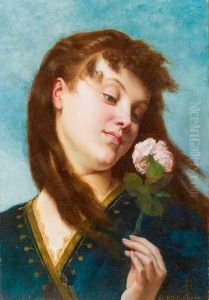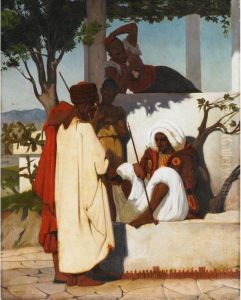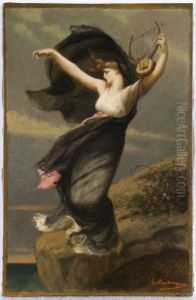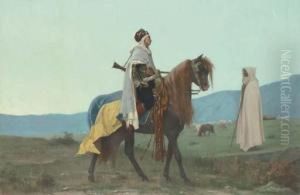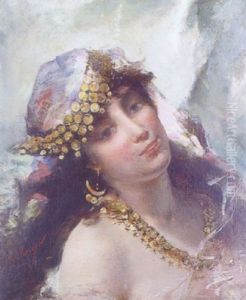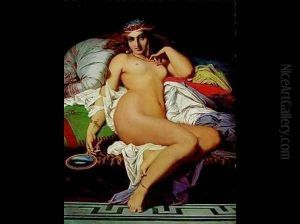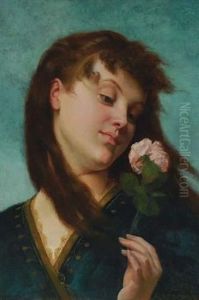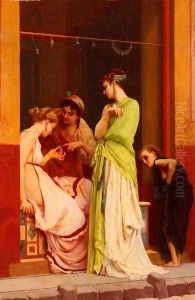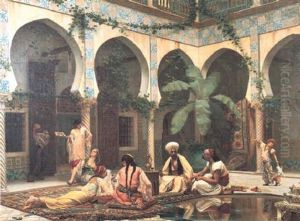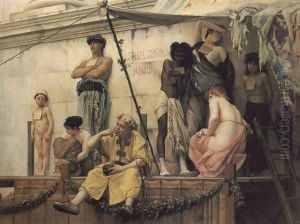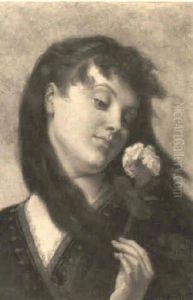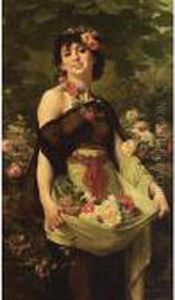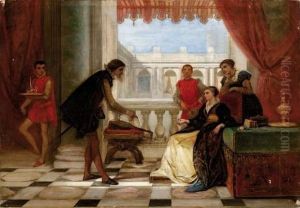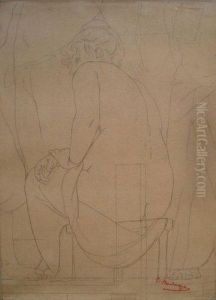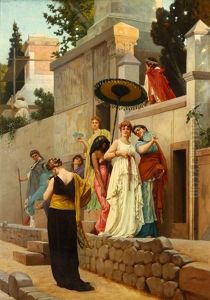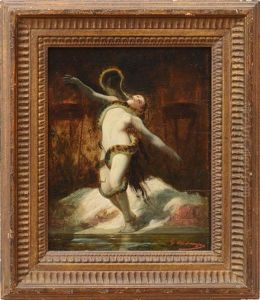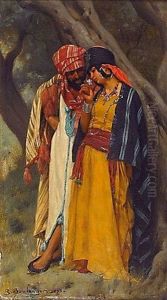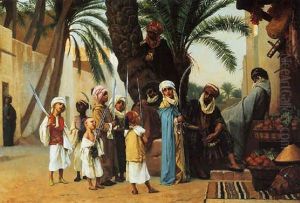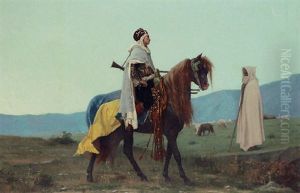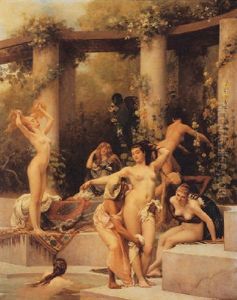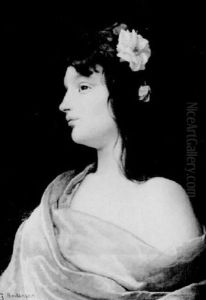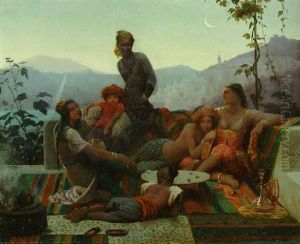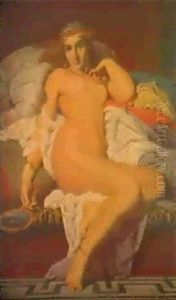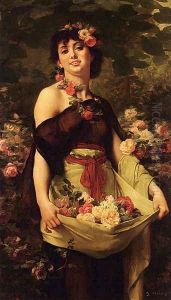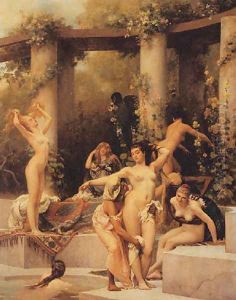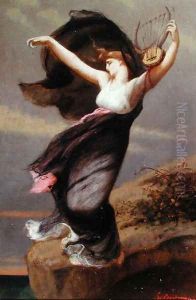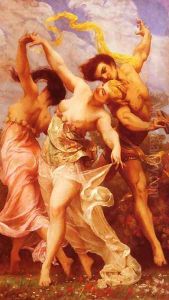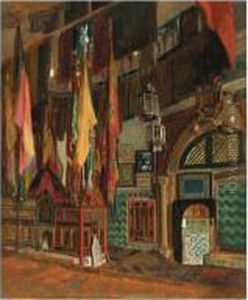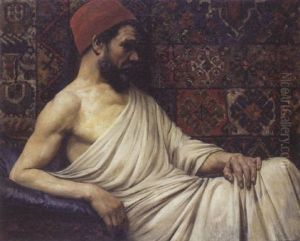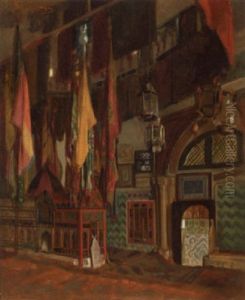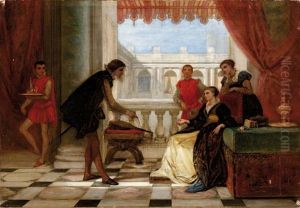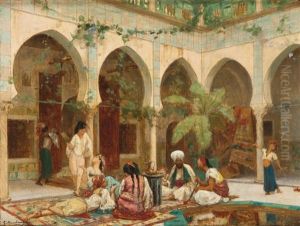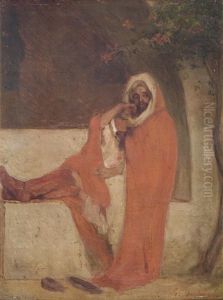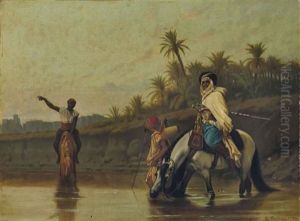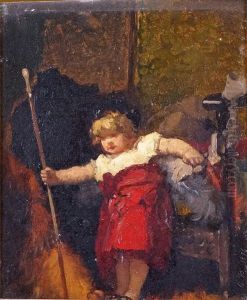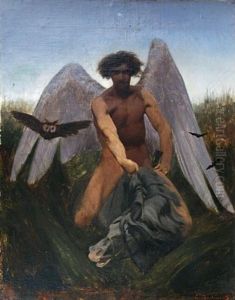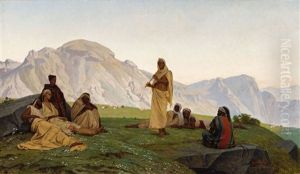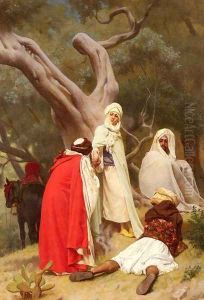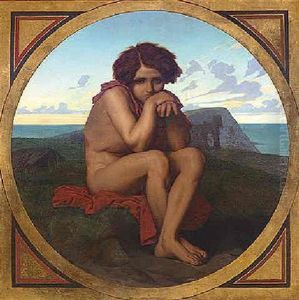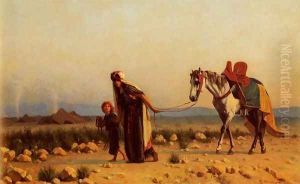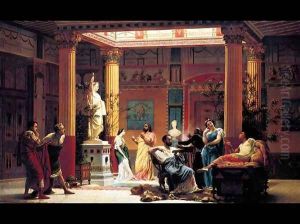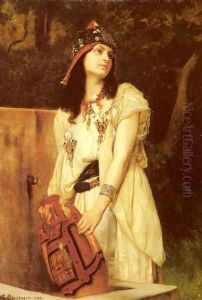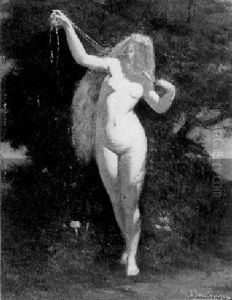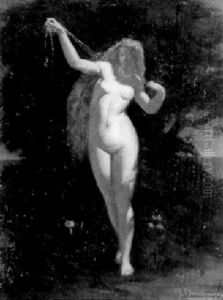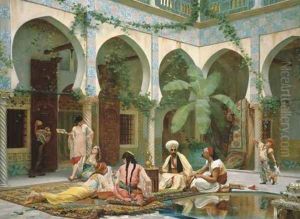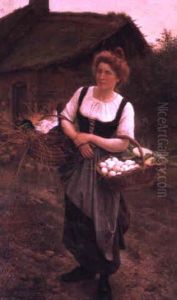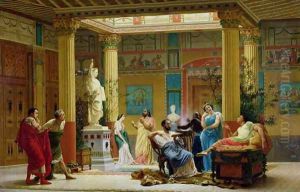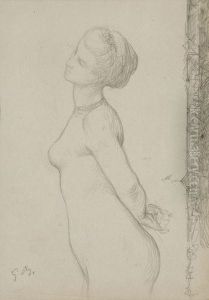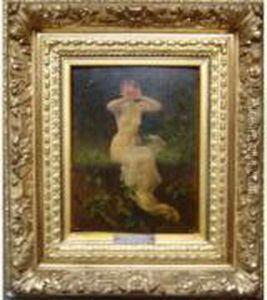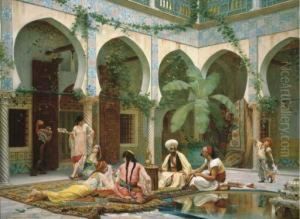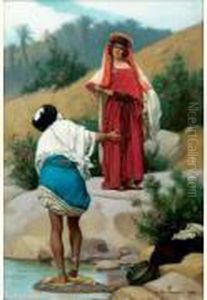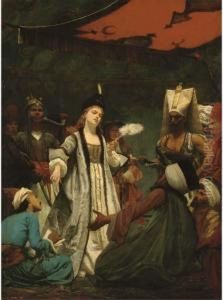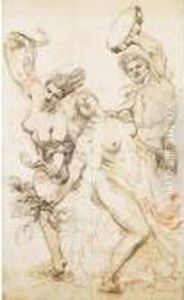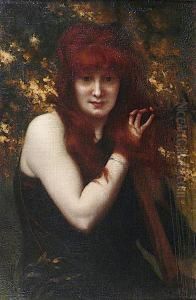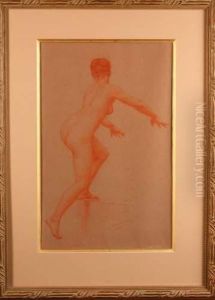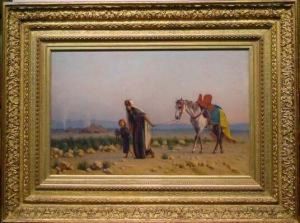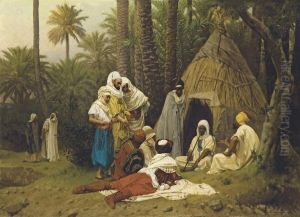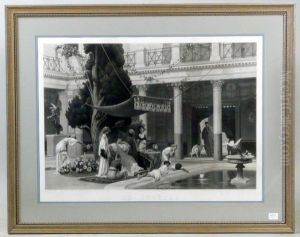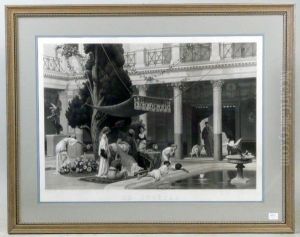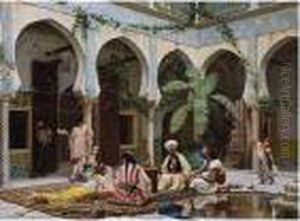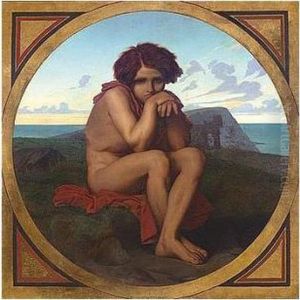Gustave Clarence Rodolphe Boulanger Paintings
Gustave Clarence Rodolphe Boulanger was a distinguished French painter renowned for his academic painting style. Born on April 25, 1824, in Paris, France, Boulanger was part of a movement that upheld classical traditions in the midst of the rapid changes that were taking place in art during the 19th century. He was known for his depictions of scenes from antiquity, evoking the spirit of the ancient world with remarkable clarity and precision.
Boulanger received his training at the École des Beaux-Arts in Paris, where he studied under influential artists such as Paul Delaroche and Pierre-Jules Jollivet. His talent was evident early on, and he quickly garnered attention within the Parisian art community. In 1849, Boulanger won the prestigious Prix de Rome with his work 'Ulysses Recognized by Phaeacians', which earned him a scholarship to the French Academy in Rome, a turning point that would greatly influence his artistic style.
During his time in Rome, Boulanger became immersed in the study of classical art and archaeology. He was profoundly influenced by the ancient Roman and Greek cultures, which is reflected in many of his subsequent works. Boulanger's paintings often depicted historical and mythological themes, characterized by their attention to detail and historical accuracy. While in Italy, he honed his craft and began to develop the distinctive style that he is remembered for today.
Upon returning to Paris, Boulanger's reputation as a painter continued to grow. He exhibited at the Paris Salon, where he gained critical acclaim and was awarded several medals for his work. His paintings were sought after by collectors and art patrons, and he became a respected figure among his contemporaries.
Throughout his career, Boulanger also dedicated himself to teaching, influencing a generation of artists. He taught at the École des Beaux-Arts, where he had once been a student, and his teaching emphasized the importance of classical techniques and the study of the old masters.
Boulanger's work remained popular throughout his lifetime, but his style eventually fell out of favor as the art world moved towards Modernism and away from the academic traditions that he so strongly represented. Nonetheless, his contributions to French art remain significant, and his works can be found in museums and private collections around the world.
Gustave Clarence Rodolphe Boulanger passed away on September 28, 1888, in Paris. Despite the shifts in artistic trends, his work continues to be celebrated for its beauty, technical skill, and its embodiment of the academic art tradition at its zenith.
